Honeyberry (Lonicera caerulea) produces sweet berries, similar to blueberries
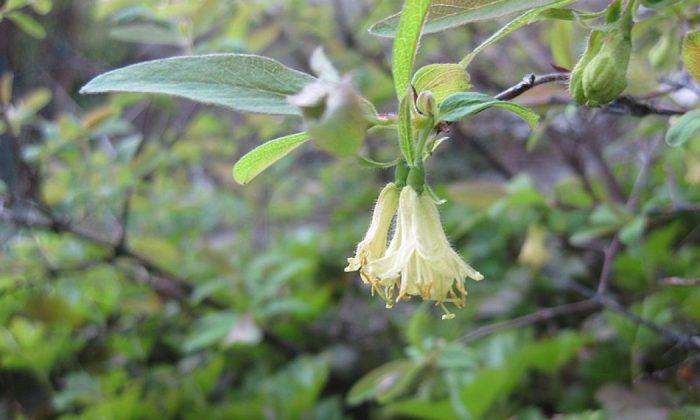
Would you like to grow honeyberry, sometimes called Canadian blueberries, but keep failing? Well, why don’t you try something that is simpler first. Let us introduce the Kamchatka honeyberry, a small bush that produces fruits similar in appearance and taste to blueberries. Growing honeyberry is much easier than growing blueberries. Honeyberry is a cross-pollinating plant and that means you will need two or even more bushes that will pollinate each other.
Which soil is best for honeyberry?
Honeyberry has no special substrate requirements. It will do well in any average garden soil. Well-rooted plants can cope with short-term droughts, but young ones need to be watered occasionally. Choose a regular well-light place but even a partial shade will do. If you have a well-lit place though, you will have more fruits and naturally, the bush will grow better and faster.
Photo: Commons.wikimedia.org
Planting
The most suitable time for planting is autumn, but you can also do it in spring. Dig a pit approximately 50x50x50 cm in size and put a well-ripened compost at the bottom. Each pit should be about 1.5 to 2 meters apart. You don’t need to cut or trim the bush regularly. The only thing that you need to maintain is moisture. You can achieve a well-balanced moisture level by using a mulch.
Fertilizing and watering
For the first three years, you need to fertilize often. Choose a full fertilizer and apply it during the growing season. After the first harvest, you can only use compost and fertilize in autumn. Watering is important after planting, but once the bush is well-rooted you only need to keep the soil slightly moist. And as mentioned above, well-rooted plants can even deal with droughts.
Trimming
During the fourth year after planting you need to do some trimming and perform a rejuvenation cut. Choose 12 basic branches and remove horizontal branches or those that overhang too much. Shorten the selected shoots right above branching. This will support creation of strong shoots. Pruning is best done in autumn when the leaves are falling, but you may also do it in spring, before the bush begins to sprout.
Photo: Commons.wikimedia.org
Winter protection
Because it comes from Kamchatka you can grow it outdoors all year round. It is a fully frost-resistant plant and it does not need any special winter care. However, if you have young plants and you worry about them, you can cover them for the winter with pine needles or fallen leaves. That is it.
Pests and diseases
A great advantage of this bush is that it is not attacked by any diseases or pests. In July, you may notice some dry leaves, but do not worry as this does not harm the plant in any way.
Preview photo: Commons.wikimedia.org

Gardening is my hobby, I have a lot of experience and I am happy to share it.
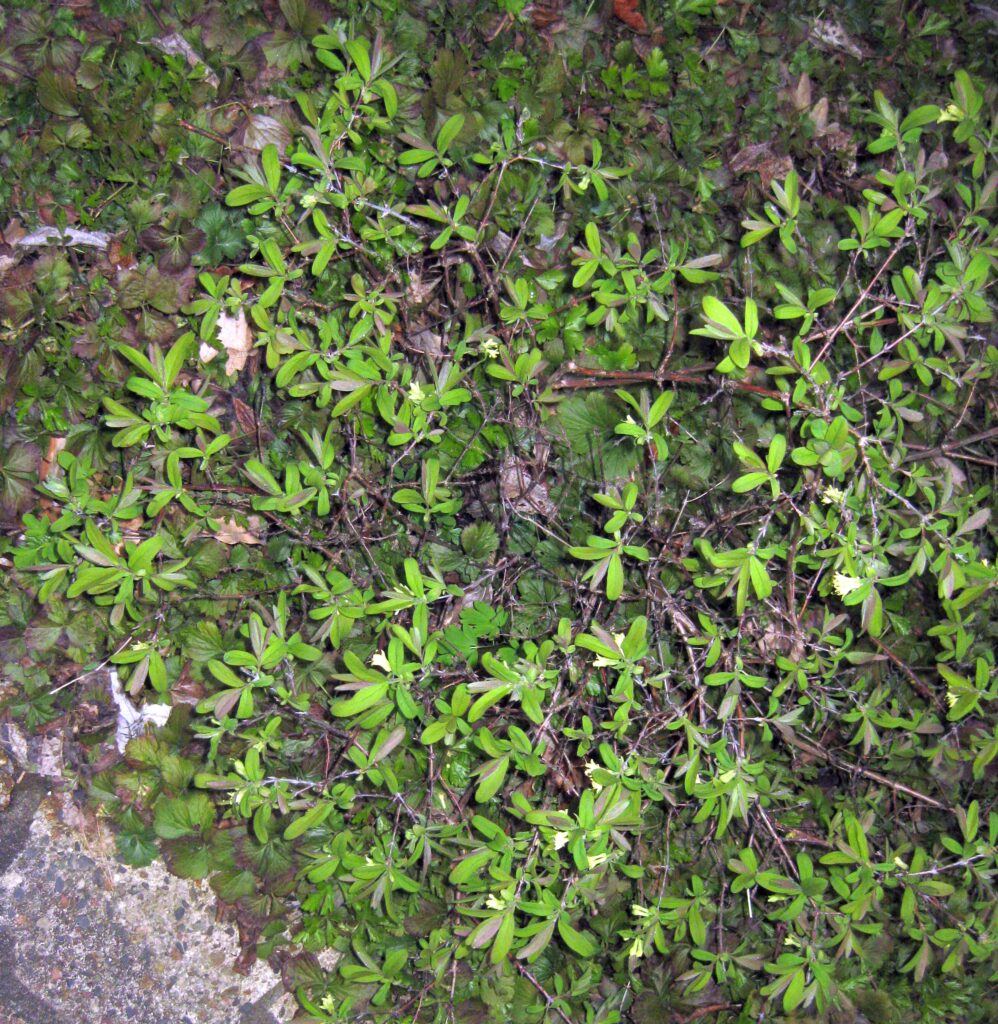
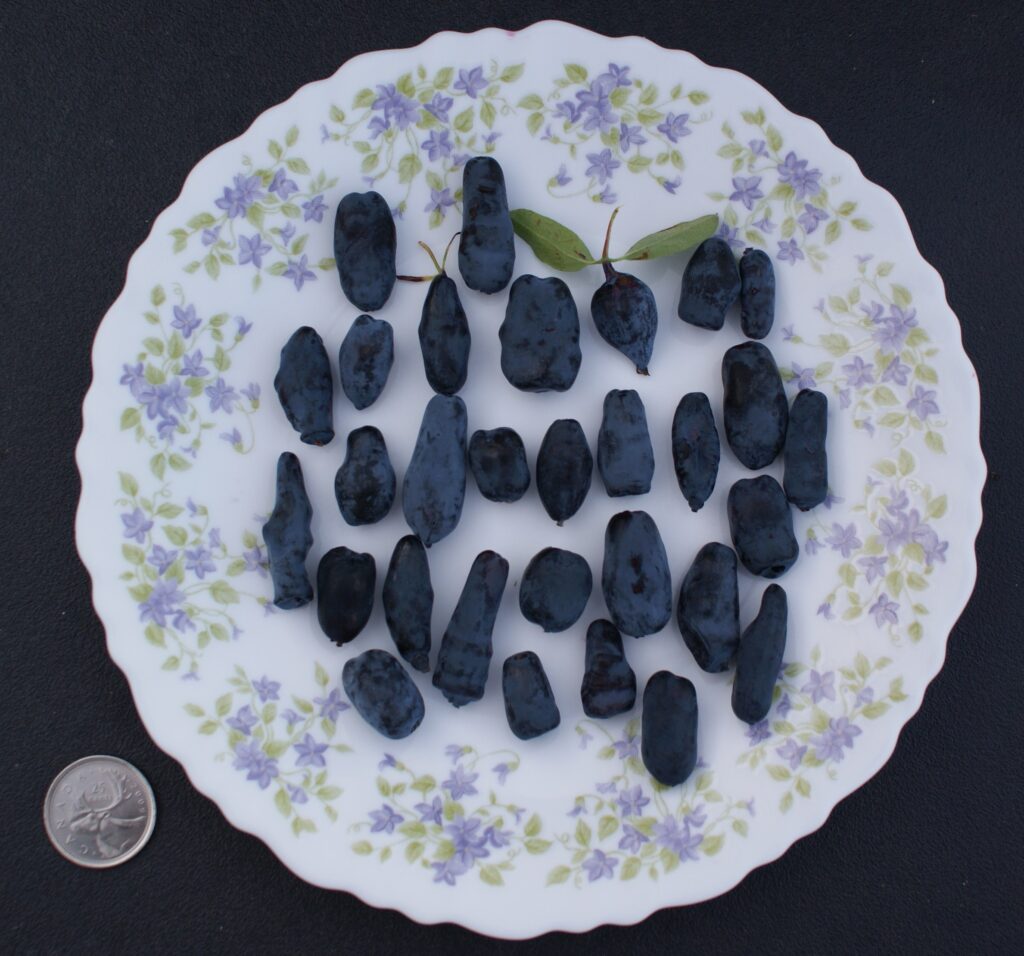


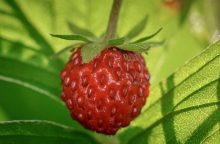

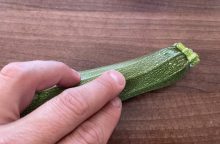
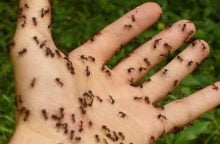

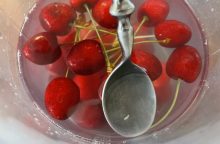
0 comments